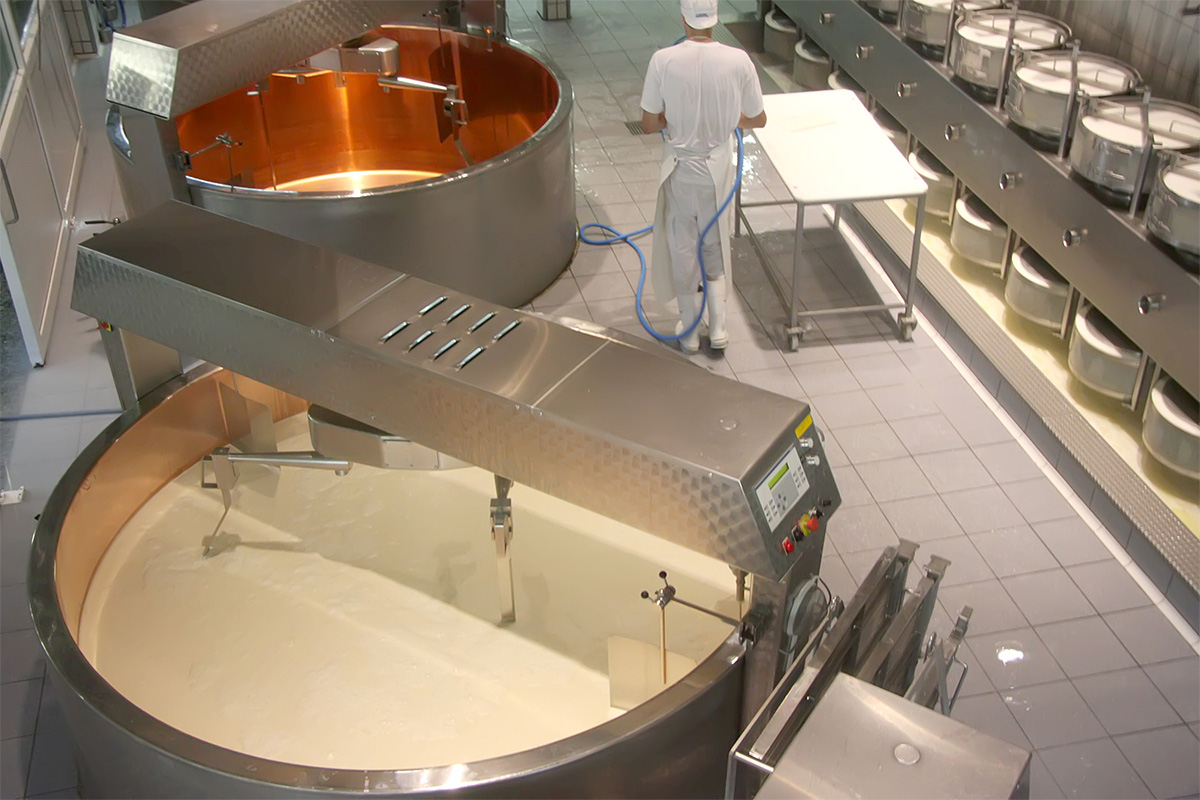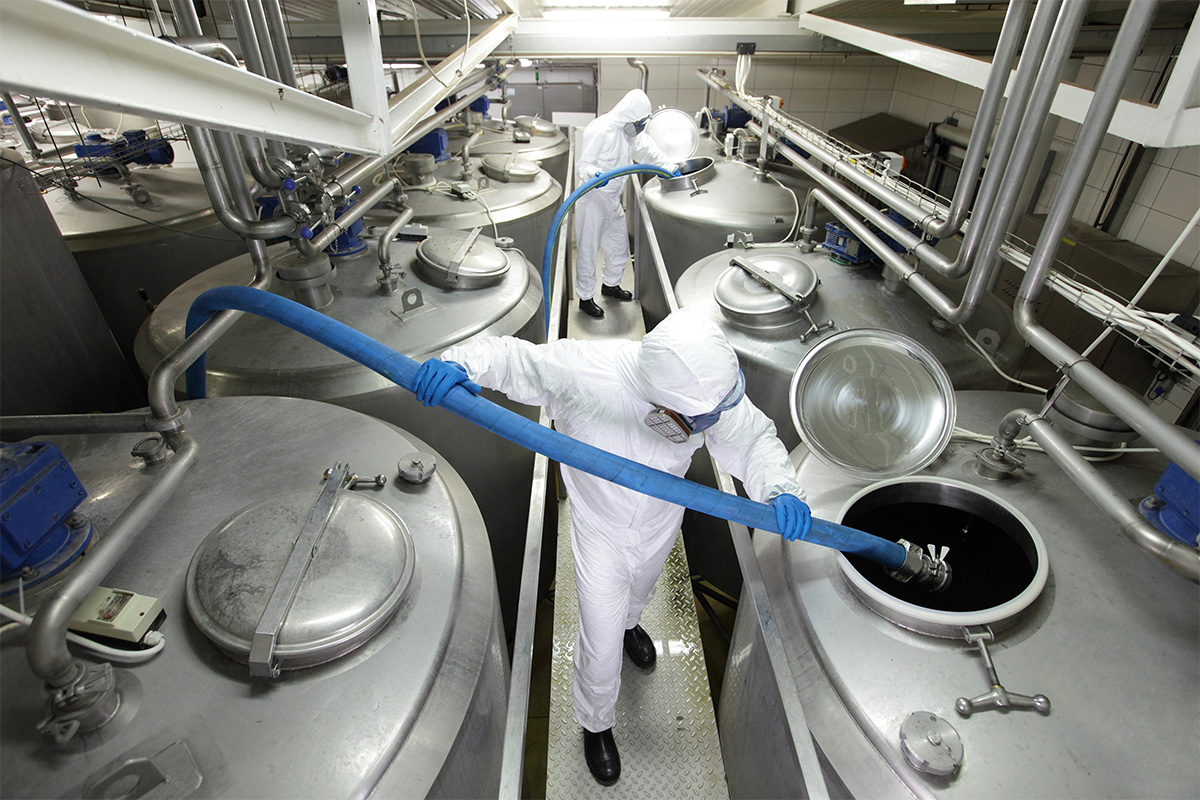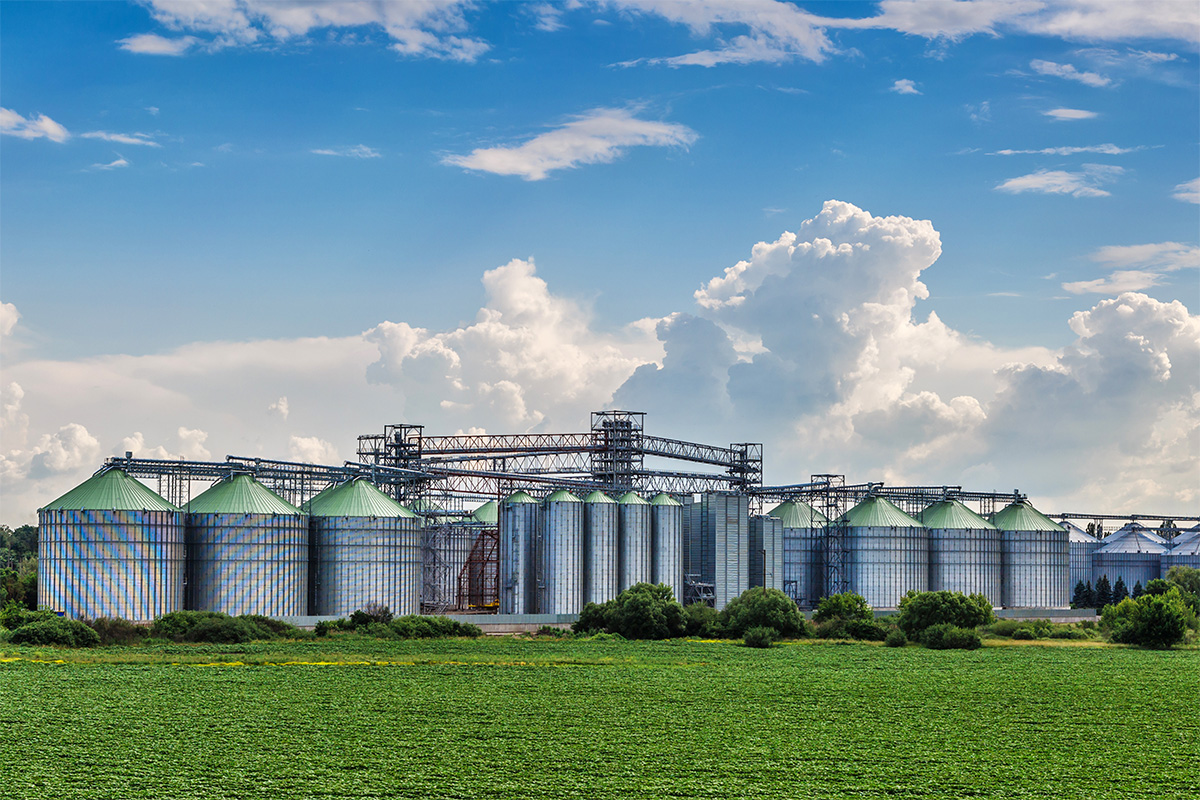What are the biggest causes of odour in the food processing industry?
Get the lowdown on food odour control systems from Australia’s leading supplier of odour control solutions.
Odours in the food processing industry can be caused by various factors, ranging from the type of food being processed to the equipment and facilities used.
The team at CleanaWater are experts in odour control. We can provide the odour control systems you need to control foul odours in your food processing facility. Contact us today to learn more about our innovative product range.
A variety of factors can cause odours in the food processing industry, but the good news is that they can be managed with the proper odour control measures.
In this blog post, we'll take a closer look at each of these causes so you can better understand how to prevent or eliminate them in your facility.
Sources of Unpleasant Odours

FOOD PROCESSING
One of the most common generation sources of odours in the food processing industry is the release of odorous gases, also known as volatile organic compounds (VOCs). VOCs are emitted into the air when certain materials are heated or processed, and they can cause a variety of unpleasant smells.
GARBAGE ROOMS, CHUTES & GREASE TRAPS
Another common source of odours in the food processing industry is the release of foul-smelling gases, including methane, hydrogen sulphide, and other VOCs. These gases are released from the organic material in garbage rooms, chutes, and grease traps.
VOCs can be released into the air within these food disposal and storage areas due to biological degradation or if they are not properly cleaned and ventilated.
PROCESSING EQUIPMENT
Odours can also be generated by the release of chemicals from processing equipment. This can happen when chemicals are used to clean or disinfect equipment. If these chemicals are not properly removed from the equipment, they can be released into the air and cause an unpleasant smell.
BACTERIA
Finally, odours can also be caused by bacteria in the food processing environment. Bacteria can grow in areas where inadequate hygienic measures have been taken or simply where organic material is breaking down. The bacteria and fungi decompose the organic matter, creating a strong, unpleasant smell as the bacteria multiplies and releases its waste products into the air.
Odour Control at the Source

To control odour problems generated by food preparation, garbage rooms, processing equipment, bacteria and other sources, we recommend the following common odour control systems and methods:
1. Air Scrubbers: Air scrubbers use various media, including activated carbon, to remove odorous molecules from the air. Activated carbon is highly effective at removing VOCs, air pollution, surface contaminants, odours and other airborne contaminants that cause odours.
2. Contact Deodorisers: Contact Deodorisers are chemicals that react with odorous compounds to neutralise them and provide instant odour relief. This can be simply done by applying the contact deodoriser to the surface of the odorous material or area. This surface can be anything from a large working waste cell or even wet surfaces such as lagoons and ponds.
Once applied, contact deodorisers work using a 3 pronged approach. Firstly the agent creates an invisible barrier or seal over the odorous area preventing omissions from escaping, secondly the agent is specially designed to reverse the biology of the odorous compound using a selective micro-nutrient blend. Lastly the compound contains a deodoriser that omits a pleasant smell that is pleasing to the senses. These products are a great choice when immediate odour relief is a necessity.
3. Odour-Neutralising Delivery Systems: Odour-neutralising delivery systems use neutralising agents and scenting solutions to release neutralising agents into the air around the perimeter of the area emitting the odorous compounds. The advantage of using either a misting system or a vapour system is that it's relatively low-cost and easy to install.

Control Food Processing Odours with CleanaWater
There are a variety of methods that you can use to control an odour problem in the food processing industry. The best method for you will depend on your specific needs, available space and budget.
We recommend atmospheric misting or vapour generation for large and diffuse odours. A topical blanket treatment may also prove effective. However, Activated Carbon Filtration could prove a better option if the odour can be contained, extracted and treated.
If you need assistance with odour control at your food processing facility, contact CleanaWater today. We can assess your facility and recommend the most cost-effective odour control solutions for you. We can also suggest add-ons that may improve the effectiveness of your existing systems. We’ll always recommend the best and most cost-effective solution for your business.
As Australia's leading industrial wastewater treatment solution provider, we can help you find the right solution for your needs. Call CleanaWater today.
Must Read
VapourGard: Your ultimate odour control solution
Control odours effectively and safely with CleanaWater's VapourGard system. Ideal for industries such as mining, landfill operations, recycling, and more, the VapourGard system uses lightweight partic ...
Read moreControl Odour with VapourGard
Control odours effectively and safely with CleanaWater's VapourGard system. Ideal for industries such as mining, landfill operations, recycling, and more, the VapourGard system uses lightweight partic ...
Read more